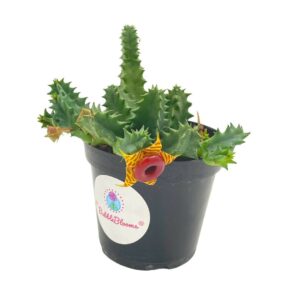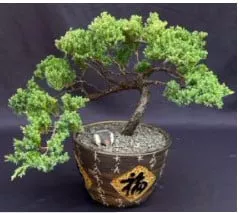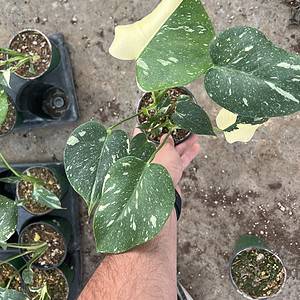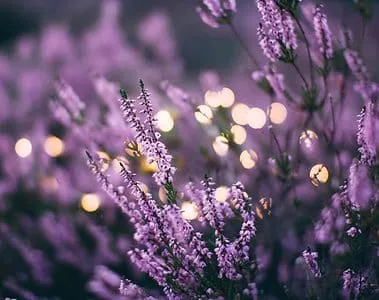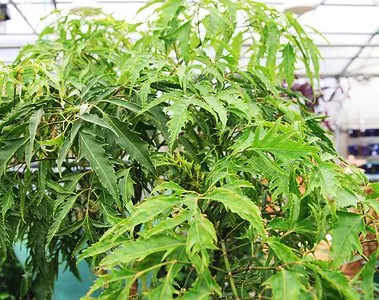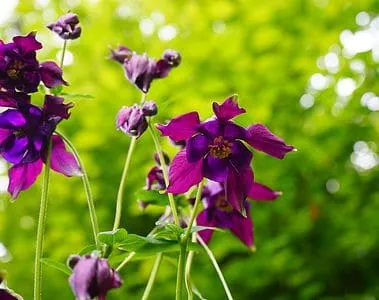No products in the cart.
Table of Contents
Did you know that Dracaena gets its name from the Greek word ‘drákaina,’ which means “female dragon?” This denotes the brilliant red resin of the dracaena draco kind.
Native to Africa, this has been known to be a tropical plant that can reach 15 feet high in its natural habitat. Dracaena Janet is an excellent indoor plant with luscious vertical foliage.
This corn-like plant (bigger and broader) will surely give an additional landscape to your beautiful home.
So if you want to see its maximum growth, place them outdoors with some shades. If you just want them to look like the cuties standing in the corner like an ornament, be my guest; let’s put them in a nice-looking pot to match their gorgeous, mighty appearance.
Let’s find out how to take care of these beauties, so stay tuned.
The table below is the basic information about Dracaena janet craig. This information introduces the brief plant dracaena janet craig care.
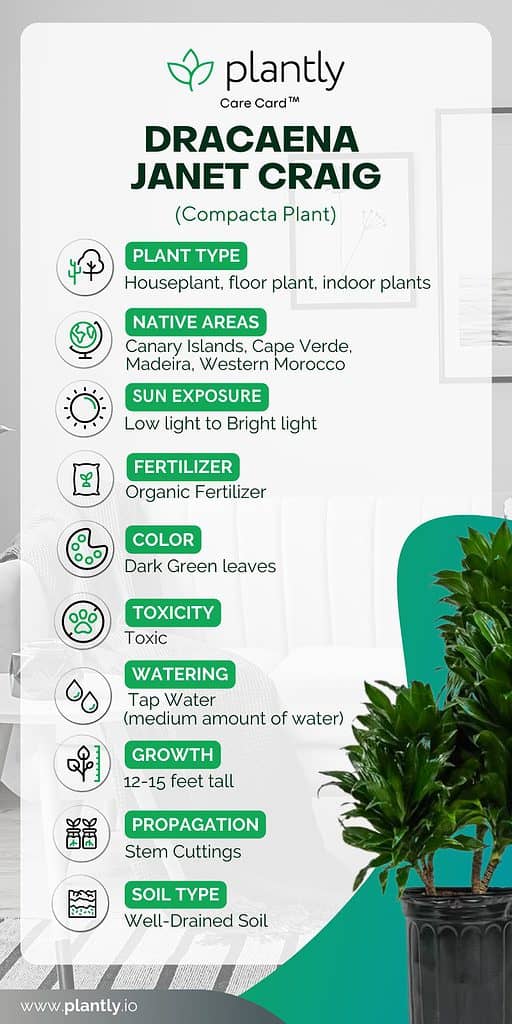
Dracaena Janet Craig Plant Care Basics

The dracaena janet craig plant should be given appropriate care. The gardeners should be fully aware of how to take care of the plant. Complete knowledge of the dracaena janet craig plant care guides the gardeners in providing the plant with excellent growing conditions.
This would allow the plant to grow healthy while manifesting its full beauty. Giving the right janet craig plant care will be helpful for the plant’s growth, even if it was planted indoors.
The following are the care tips on how to take care of the janet craig plant properly.
Ideal Potting Mix
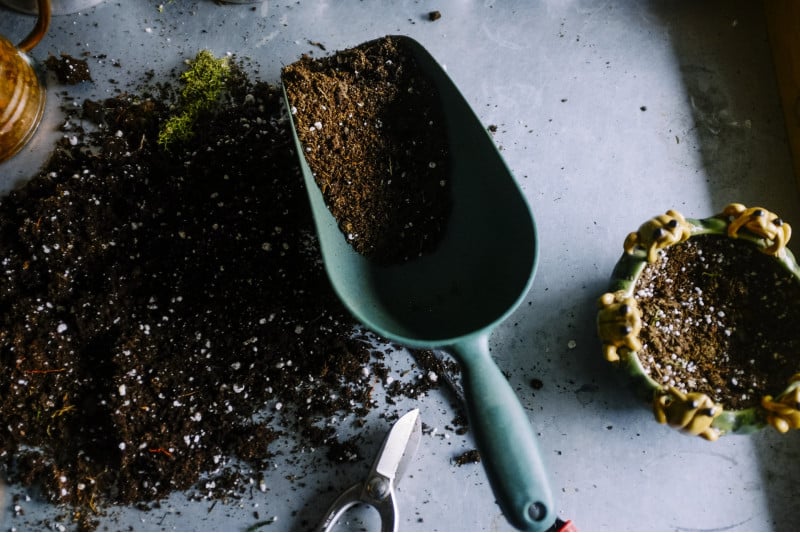
The soil requirement of janet craig is a well-draining soil type that is very loose and has an excellent potting mix. The soil can be mixed with organic materials such as peat moss, perlite, gravel, vermiculite humus, charcoal, etc.
There should be a soil mix or potting mix to aid the plant in achieving its required optimal condition to survive and thrive.
Although, not all these materials can be added to a mix (organic materials may vary on availability). However, these organic materials also help the plant prevent getting too wet, which will eventually result in root rot.
These organic materials retain enough water, provide nourishment, prevent excess water from pooling on the topsoil, and help the excess water drain quickly. Also, these organic materials give an airy feeling to the soil- enough for the plant’s roots to grow well or not suffocate.
You can buy an orchid potting mix when you have enough budget to buy the best quality soil. The orchid potting mix is available in the nearest garden store in your community. At the same time, the airy feeling needed by the plant’s roots can rest assured.
How much water does Dracaena janet craig needs?

The water requirement of janet craig is a medium amount of water. Enough for the plant to gain enough moisture. Also, it ensures that the plant has enough stored water for the plant to thrive well.
The plant should be watered well but prevent excess water from pooling on the topsoil. Also, avoid letting the soil dry for a few hours or a day. Allowing the soil to dry may lead to other complications in the growth of the plant.
When watering the plant, be sure to avoid overwatering the plant. Overwatering is the lead cause of root rot, and bacterial infection, and may as well be vulnerable to numerous root and plant diseases. Overwatering the plant can also result in its death.
Overwatering can also lead the leaves to have brown tips.
In addition to that, you must also avoid underwatering the plant. Underwatering the plant can wilt, be malnourished, and turns the green leaves into yellow or brown leaves. As soon as the water dried up, you must water the plant once again.
How much light does Dracaena janet craig need?
The lighting requirement of janet craig should be a bright indirect light. The bright indirect light helps the plant survive and thrive without any complications for its growth, leaves, and health.
Since the plant has been discovered and is naturally known to be thriving in the rainforest, they don’t need direct sunlight to light up themselves.
Filtered sunlight or bright indirect light is the only preferable light requirement for the plant. These preferable lighting conditions are only available near the window, filtered plant nursery, or a partially shaded area in the garden.
These aforementioned lighting conditions can give the best condition for the plant to survive and thrive. It is important to note that the direct sun can cause the plant to scorch its leaves as it will be exposed to it. The plant needs only certain lighting conditions, and the gardeners must know that they should not exceed them.
The plant’s health and green leaves will be directly affected by the complications offered by direct sunlight exposure. The janet craig is not ideal for being placed in an area where it could not receive enough sunlight, or the site may be fully shaded.
A fully shaded area with no lighting conditions can make the plant feel soggy and will turn the plant yellow. These feelings can cause stress and malnourishment in the janet craig system. A fully shaded or darkroom is the worst place for the plant; it will cause it to shrink in size, wilt, or be unproductive.
If the Janet craig is treated as an indoor plant, be sure that the plant can still get all its bare necessities, particularly the lighting source (for the plant to make photosynthesis). Treating the said houseplant into an indoor plant can cause the janet craig to be protected from the volatile radiance of the sun.
When treated as an indoor plant, do not forget to install artificial lights or any lighting source that could give the recommended warmth to the plant.
However, you need to place the plant to the lights indirectly. In addition to that, follow the specific hours of the morning that the plant actually required.
Temperature

The temperature requirement of the janet craig is the same as that of the tropical temperature. The Janet craig is known to be a tropical plant. Meaning that it could only best thrive and tolerate conditions where the temperature is 70 to 80 degrees F.
These recommended temperatures are enough for the plant to survive and thrive well in the area where it was planted.
The below and above temperatures can give complications and stress to janet craig. However, the difficulties are only a minor consequence of the Janet craig plant. If the temperature goes too high, consider placing the janet craig in a temporary place where it could get its warm temperature.
The janet craig is best to be placed outdoors during the summer and spring seasons. On the other hand, the janet craig is best placed indoors during the winter and fall seasons.
However, it would help if you were extra watchful every season as a sudden increase or decrease in temperature could give you a hint of when is the right time to place the janet craig away from its permanent place.
Humidity
The humidity requirement of the janet craig dracaena is very high. The very high humidity is what all tropical plants needed the most. The higher the humidity level, the higher the optimal conditions you are giving to the plant.
High humidity encourages the plant to grow well and to thrive easily, making it easier for propagation for the next year or two. When planted in a place with a medium level of humidity, the plant can still survive and thrive.
However, there will be an enormous difference compared to the tropical plants that grow well with a higher humidity level.
Also, the low humidity level is not suitable for the optimal condition needed for the plant to survive and thrive. To ensure a consistent and higher humidity level, you can use any available techniques and equipment present in your home or buy in the nearest garden store.
You may use a humidifier, a container with pebbles filled with water, mist, and other techniques to increase the humidity level required for the plant.
It is important to remember that the bathroom and living room have a consistent, higher humidity level that allows the plant to thrive well and a natural décor for the home.
How often do we fertilize them?
The fertilizer requirement of janet craig dracaena is organic fertilizer. The said fertilizer can help the plant grow faster, complete its required nutrition, and solve its vitamin deficiency. The fertilizer may take time for the plant to absorb its nutrients fully.
I highly prefer organic fertilizers for the janet craig dracaena care because the aforementioned fertilizer has no adverse effects on the plant. In addition to that, organic liquid fertilizer encourages the soil mix or potting mix to be healthy and rich in nutrients.
The preferable seasons where you could give apply fertilizer for the plant where the spring and summer seasons. The spring and summer seasons are also favorable for the plant as the plant survives and thrives easily in these seasons.
At the same time, these seasons are the best propagating seasons.
During fall and winter, you must not give or minimally give the plant fertilizer. During these seasons, the janet craig dracaena usually sleeps or on dormant. Excessive fertilizer application to janet craig can stick the salt or any chemicals that poison the plant.
Plant Propagation
Dracaenas are ideal plants to cultivate as indoor houseplants because of their dark green, thick foliage, and tolerance of light shadow or intense light. The stem-cutting procedure can be used to propagate the ‘Janet Craig’ plant.
Dracaena plant propagation is best done while growth is at its peak, which is in the summer.
Cut the stem into 5″ (12 cm) long parts. Allow the cut stem to sit overnight (marking the top and bottom for replanting) before placing them in a tiny pot filled with potting soil. It’s important to remember to put the bottom end in the dirt rather than the other way around.
Growth Zone
The dracaena deremensis can grow up to 15 feet tall. Light, water, plant food (fertilizer), and soil mix are important basic needs that you should sustain for the plant. Make sure that the light levels should be low light to medium light.
Allow the soil to be watered with tap water and water it again when the soil is dry.
When the leaves turn yellow, it means that the plant has been overwatered or the plant food may be too much. However, when the plant turned brown, it means that the soil is dry.
Potting
When potting the plant, make sure that the potting soil should have the recommended organic materials required and avoid soil drying. The pots must have a drainage hole in order for the excess water to drain quickly.
A drainage hole prevents the water from remaining stagnant on the topsoil.
Dracaena Janet Craig Varieties and Similar Plants
There are approximately 120 species of dracaena plants. One of which is the dracaena deremensis. Here are some examples of dracaena plants species or varieties that have a bit of similarity to the dracaena deremensis:
Dracaena Marginata

The green tree grows up to 3 meters. The trunk can branch into two or three large branches, and on each of them, there are long, densely growing, narrow leaves dropping downwards. A light band runs along the outer edge of the leaves.
This variety of Dracaena Dragon Tree remotely resembles a palm tree, and there are other types of this plant: Tricolor, Bicolor, Magenta.
Dracaena Reflexa

These Dragon Tree-type leaves grow directly from the stem; they are bright green with a yellow stripe and tilted towards the root. When the outdoor plants are watered and fertilized in time, their leaves joyfully rise.
Dracaena Godseffiana

This plant is distinguished by its beauty and quick shoot formation. Leaves of this Dragon Tree species are oval and spotted; they densely cover the shrub. Such dracaena is the decoration of any house, office, and public place.
Dracaena Janet Craig Diseases & Pests
Mealybugs and scale insects are common pests that attack ‘Janet Craig’ plants. Houseplant bugs can suffocate plants. Scale insects are more difficult to spot.
However, they appear to be woody growth bumps on the stems and their dark green leaves.
Although scale insects do not move, they drain the plant’s sap, slowing its growth.
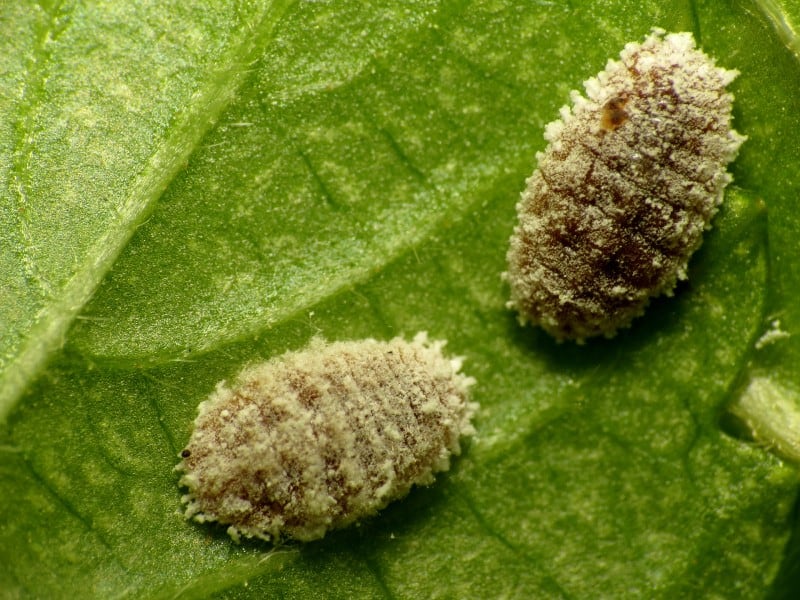
If you overwater Dracaena’ Janet Craig’ plants, fungal infections caused by root rot are widespread. Root degradation is slowed by wet soil, frequent irrigation, or inadequate drainage.
It may be too late to care for and preserve a dying ‘Janet Craig’ plant if you observe the indicators of dracaena root rot—yellow leaves and withering growth.
Frequently Asked Questions
The growth rate of ‘Janet Craig’ dracaena plants usually is medium to moderate. As long as it is protected from direct sunshine, this plant species develops quicker in bright light. The dracaena ‘Janet Craig’ houseplants are easy to grow but build up slowly in gloomy environments with minimal artificial light. Even though low-light circumstances are suitable for the plant’s health, relocate the pot to a brighter spot in your house if you wish to speed its development.
Dracaena plants can poison cats and dogs. According to the ASPCA, the foliage plants contain poisonous saponins. Vomiting, loss of appetite, and extreme drooling can occur after ingesting pieces of the dracaena plant. Give extra attention and care to your pets if you want dracaenas to be indoor plants.
Under-watering or allowing your Dracaena to sit dry for extended amounts of time is the most prevalent cause of browning leaf tips in Dracaena plants. Allow the soil to be 75 percent dry, and then water thoroughly your Dracaena. You should never use soggy or wet soil. In the cold seasons, you can let your plant dry out between waterings a little longer. But bear in mind to keep the humidity up at room temperatures by misting the air or use a humidifier.
Dracaenas are now available online. Lucky for you, here at Plantly we sell high-quality Janet Craig that you would surely love. Contact us now!
Also, you can check online for a plant auction near me for affordable plants.
Whether you want to buy, sell, or simply reach out to other plant enthusiasts, Plantly is the right place to be!
In stock Only 1 left in stock In stock
$19.99
Sold By:
BubbleBlooms
Huernia confusa Phillips, Zebrina, Huernia starfish plant, starfish cactus, Lifesaver Flower, Beautiful Well Rooted Starter 4 inch pot
Only 70 available and it’s in 1 people’s basket Rated 4.81 out of 5 based on 279 customer ratings07
Sold By:
BubbleBlooms
Free Shipping
$343.09
Sold By:
BONSAI WORLD LLC
Juniper Bonsai Tree – Trained (juniper procumbens nana)
Sold By:
BONSAI WORLD LLC
$7.99 – $9.99
Sold By:
Succulent Oasis
Calico Kitty Succulent – Crassula marginalis rubra
Only 15 available and it’s in 2 people’s basket Rated 4.84 out of 5 based on 352 customer ratings03
Sold By:
Succulent Oasis
